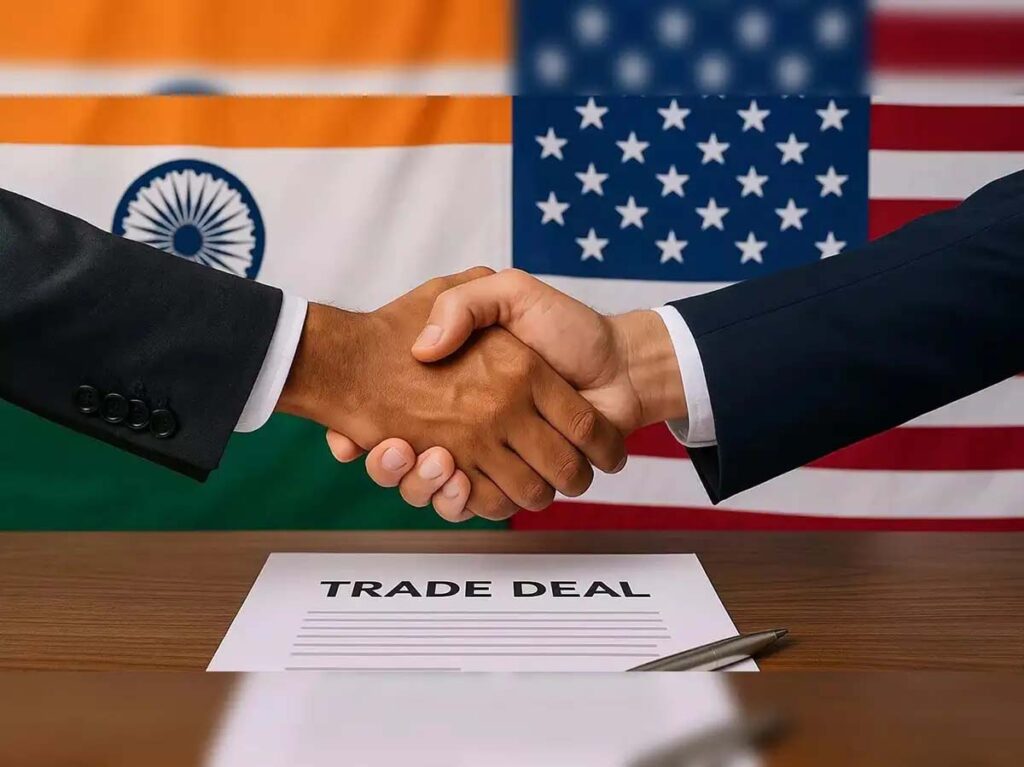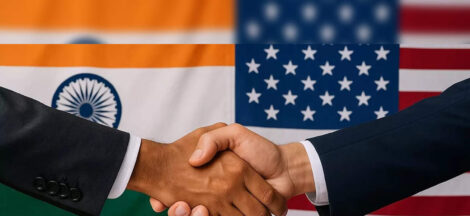NEW DELHI: The government has decided to steer clear of the option of zero-for-zero tariff policy under the ongoing negotiations with the United States for a bilateral trade agreement (BTA), according to an official source. This is due to the realisation that given the country’s relatively low per capita income, it would still need to keep reasonable tariffs for a wide range of agricultural items and even some industrial goods.
New Delhi may not even go for product-by-product tariff parity with the US. Instead, it would stick to the concept of bringing down the overall (average) tariff level to a much lower level for the US. Product-wise sensitivities won’t be ignored, while being broadly accommodative of the US interests.
The decision is despite the fact that a section of the domestic industry, including export-intensive electronics and textiles & clothing units have recommended that zero tariff may be offered to the US for a similar gesture from the world’s largest economy. A clutch of countries including the 27-country European Union and India’s principal Asian competitors like Vietnam and Taiwan are already reported to have proposed zero-for-zero tariff to mitigate the adverse effect of Trump’s tariffs on their shipments to that the US.
“Deals like trade in industrial goods at zero duty is possible only between two countries at the same levels of development. If India was anywhere near (the US) in per capita income, we would have discussed it (zero duty trade),” the official said, on condition of anonymity.
The US, which announced reciprocal tariff for nearly 90 countries, has lately put a 90-day pause on the proposal, while singling out China with a 125% levy on its exports to the US.
Instead of unilateral offers and or retaliation, India is moving ahead with the plan to conclude the BTA with the US. The agreement would require intense negotiations on lowering of tariffs and other trade barriers over the next few months. As is with most trade agreements, both sides will have to agree to the level of trade liberalisation that would be mutually beneficial.
On another idea being floated about matching tariffs product by product with the US, the official said, “trade agreements do not happen like that. If a trading partner cuts duties on electronics to zero, for instance, we may not necessarily cut tariffs in the same way for the same product.”
“The work has started for the BTA. India is far ahead of other countries in negotiating a trade deal,” the official added.
While Israel did not wait for the announcement on reciprocal tariffs and preemptively announced zero duty access to American goods. Vietnam, Taiwan and the EU offered such a deal after the tariff announcement by the US.
The US, however, has been lukewarm to the proposals. It has pointed to other non-tariff barriers in Vietnam. For the EU’s offer, US president Donald Trump has said that the offer is “not enough” and instead the 27-member bloc must buy $ 350 billion worth of energy from the US to wipe the entire trade deficit between the two.
After the announcement of the BTA by President Trump and Prime Minister Narendra Modi in February, both sides have finalised the terms of reference of the agreement after two rounds of high-level discussions. After physical meetings the sector-level experts are engaging virtually which will lead to early negotiating round where officials will meet in person.
While more focus is on tariffs, the Trump plan to get the US trade deficit down also gives equal weight to addressing non-tariff barriers and restrictions on American companies operating in other countries. These restrictions come in the form of cap on FDI limits, market share related limits, local taxes and other regulatory issues. The US may also push India on these matters during the BTA negotiations.
As India’s negotiations with advanced economies on the FTA reach the last stretches, Commerce and Industry Minister Piyush Goyal has been asking the Indian industry to come out of its protectionist mindset and prepare to deal with the world from a position of strength.
Source: The Financial Express




 Spain’s Ruling Govt Partner Leftwing Sumar Facing Serious Credibility Crisis
Spain’s Ruling Govt Partner Leftwing Sumar Facing Serious Credibility Crisis 